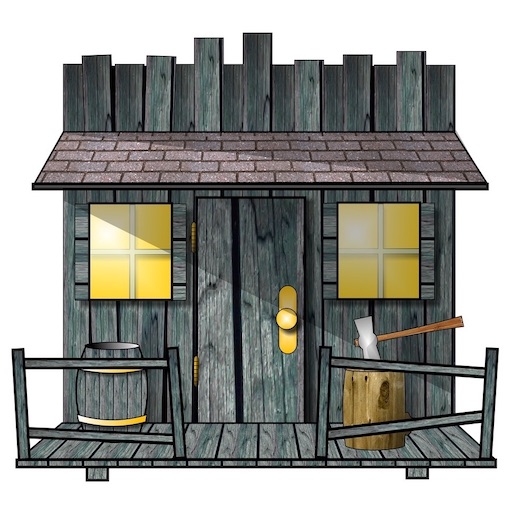I’ve had a hankering to build a dismounted Cossack Cavalry Regiment for a while. For service on the Eastern Front of WW2. What has held me back was the lack of 15mm figures. Flames of War had a great set, but discontinued it. Luckily Peter Pig have brought a new Cossack range to market so now I have to figure out what I need for Crossfire.
Although there were Soviet Cavalry Divisions and Corps, the building block was the Cavalry Regiment. Zaloga and Ness (2003) describe the various TO&E for the Soviet Cavalry Regiments (p. 101-117). The regiment was about the size of an infantry battalion, so perfect for Crossfire. I’ve listed the Crossfire Orbat for the various Soviet Cavalry Regiments. Although Soviet cavalry could and did charge mounted, generally they fought dismounted and the order of battle acknowledges that.














